In this candy pH science experiment for kids, we are testing to see if sour candy is acidic with a simple acid-base reaction.
It’s October and that means a ton of candy is coming to a household near you in the very near future! We don’t let the kids eat all of their candy.
Let’s be real, there are some candies that no one really likes to eat. We like to use those candies for experiments!
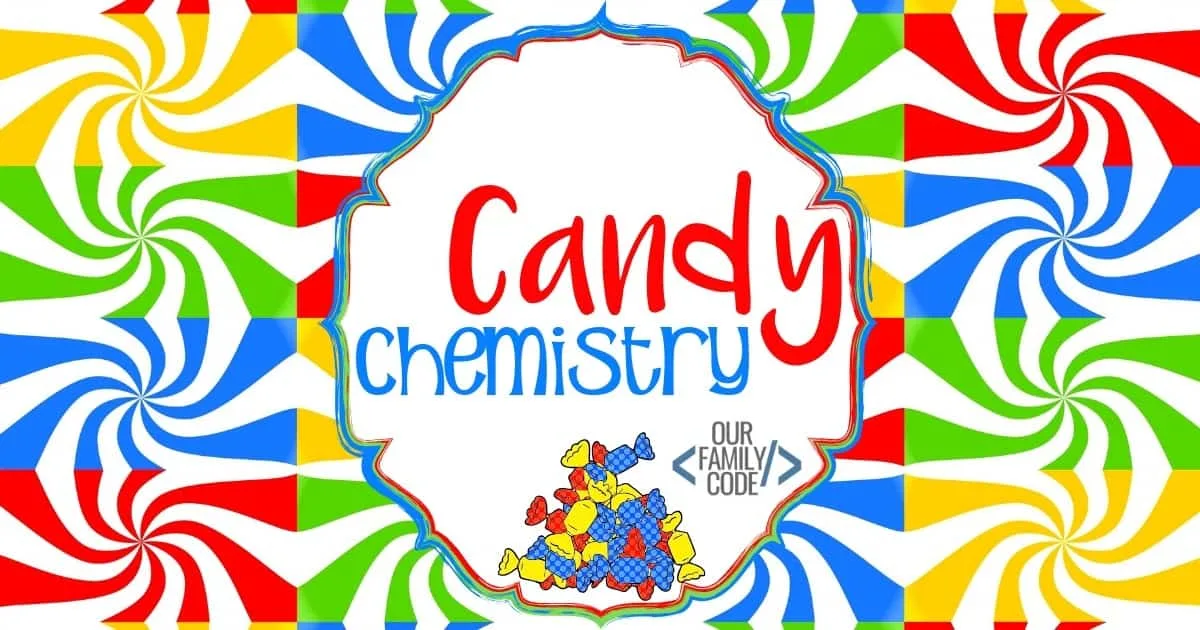
This post contains affiliate links. As an Amazon Associate, Our Family Code earns from qualifying purchases. Please see our Disclosure Policy for more details.
Why STEAM Activities?
STEAM is the abbreviation for Science, Technology, Engineering, Art, and Math.
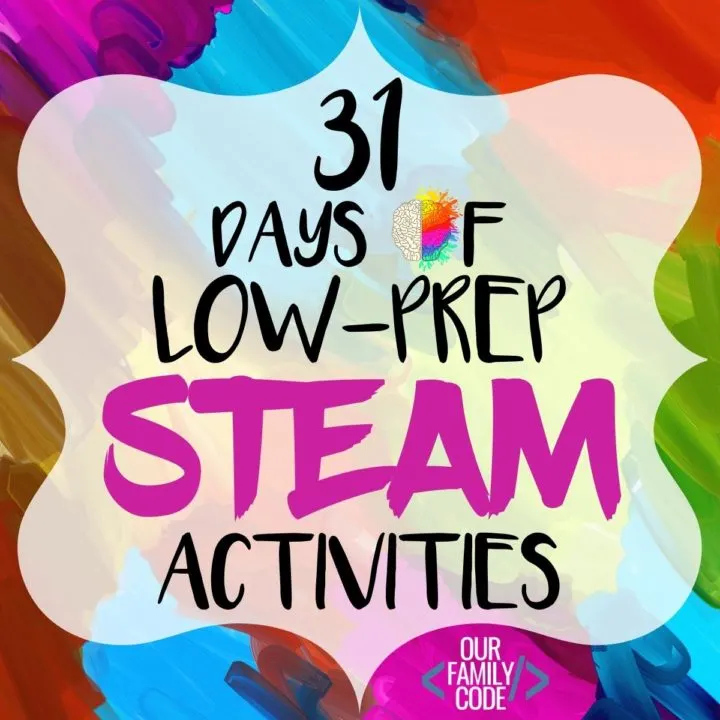
STEAM, like STEM, is an integrated approach to learning that encourages learners to make connections between the concepts they are learning and how they apply them to real-world problems.
STEAM helps students ask questions, problem solve, think creatively, and produce innovative solutions. Many schools have adopted STEAM learning activities into their curriculum, but it’s never too early to start building critical thinking skills.
We love to learn through play at our house and have a blast doing activities for toddlers all the way to tweens!
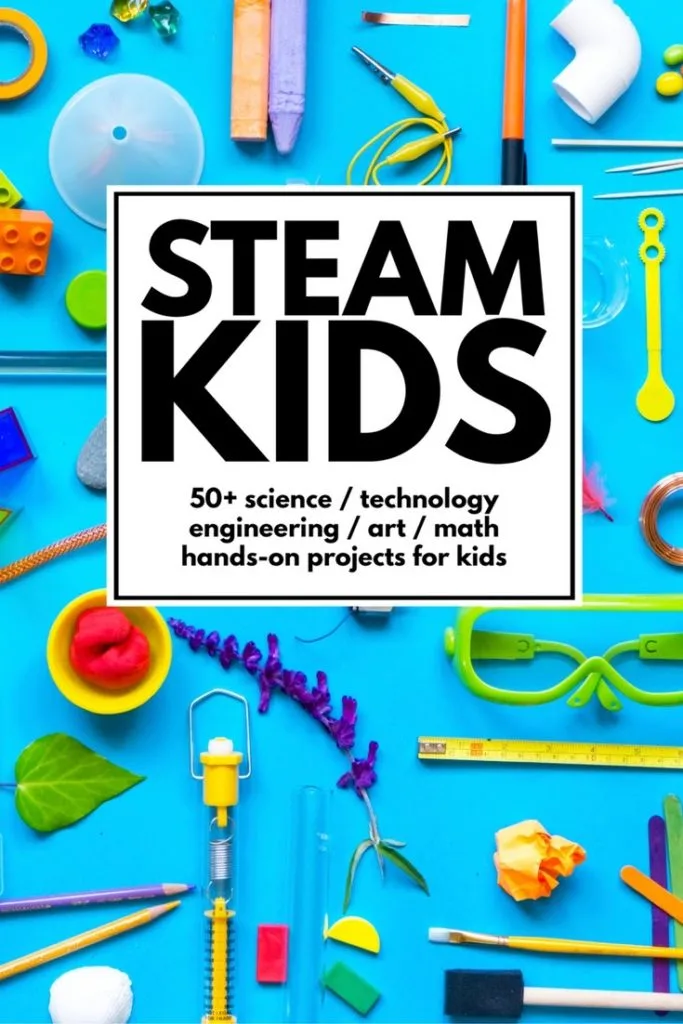
Looking for some more hands-on activities that incorporate Science, Technology, Engineering, Art, and Math (STEAM)? Then you have to check out STEAM Kids!
This book features more than 50 hands-on activities that are organized into easy to implement categories, so you know exactly what concepts your kids are learning!
Grab your copy from Amazon today or get instant access to this great book by purchasing a downloadable PDF!
Candy Chemistry Activity Terms
- Controlled Variables – variables that will remain the same in order to measure the effect of something
- Independent Variable – the one variable thing that is changed in an experiment
- Dependent Variables – the things you observe as a result of the independent variable
Candy Acid Test Supplies
- Sour Candy (like Lemonheads, Nerds, or sour gummy worms)
- Skittles
- M&Ms
- Candy Corn or Candy Pumpkins
- 8 plastic cups
- Distilled Water
- Measuring cup
- Baking Soda
- Candy Chemistry Worksheet (grab this at the end of the post)
Candy pH Science Experiment for Kids
Taste Your Candy
Taste one of each candy. Which candy is the most sour? Why do you think? Order your candy by how sour each one candy is and write down your observations on your worksheet.
We hypothesized that our Lemonheads would be the most acidic because they were the most sour!
Setup Your Control Cups
Put 1/4 cup of water in 4 different cups. Place one piece of each candy in the cups.
These are your controls, which means we won’t be doing anything else with these pieces of candy other than observing what the water does to the candies (controlled variable).
Write the letter “C” for “Control” on each of these cups and set them aside until the end of the experiment.
Setup Your Variable Cups
Fill 1/4 cup of water in 4 new cups. Place one piece of each candy in the cups and let it dissolve completely in the water.
You can crush the candies that are taking too long to dissolve. These are your variable cups, which means that you will be working with these cups.
Add the Independent Variable
After your candy has dissolved completely, sprinkle 1 tbsp of baking soda into each of your variable cups.
The baking soda is your independent variable, the only thing that changes in the experiment. Watch for bubbles.
Observe What Happens and Record
The bubbles are your dependent variable, the things that happen as a result of the addition of your independent variable. Write your observations on your worksheet.
We thought it was interesting that the candy pumpkin just peeled instead of bubbled. It was our least acidic candy (measured by the bubbles visually) that we tested.
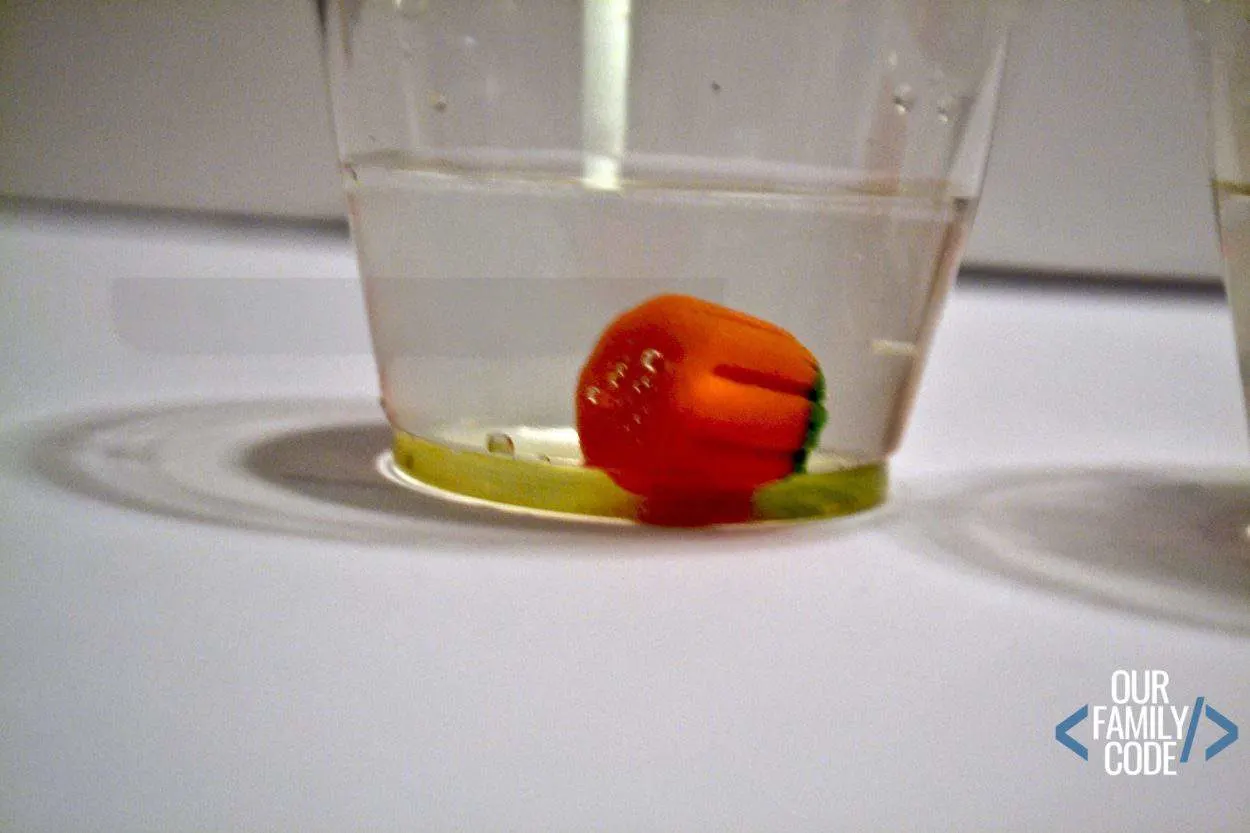
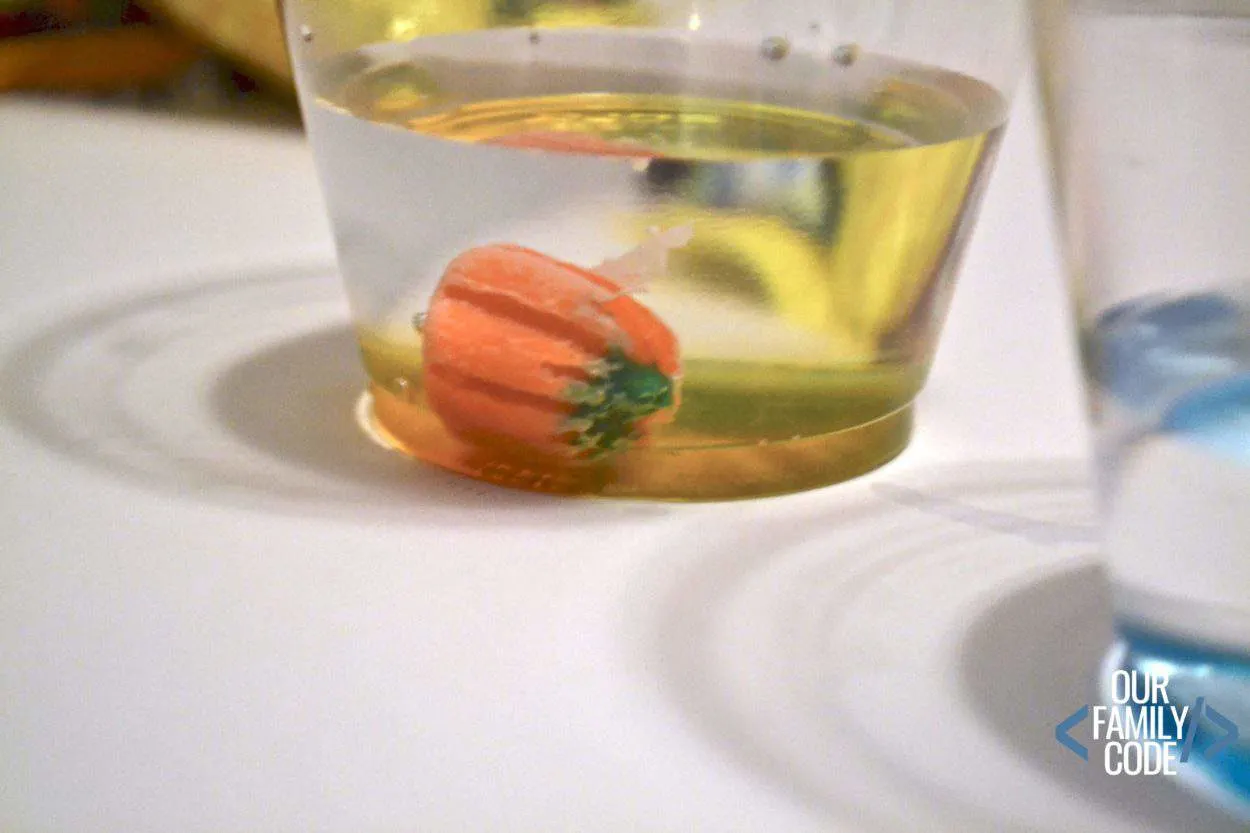
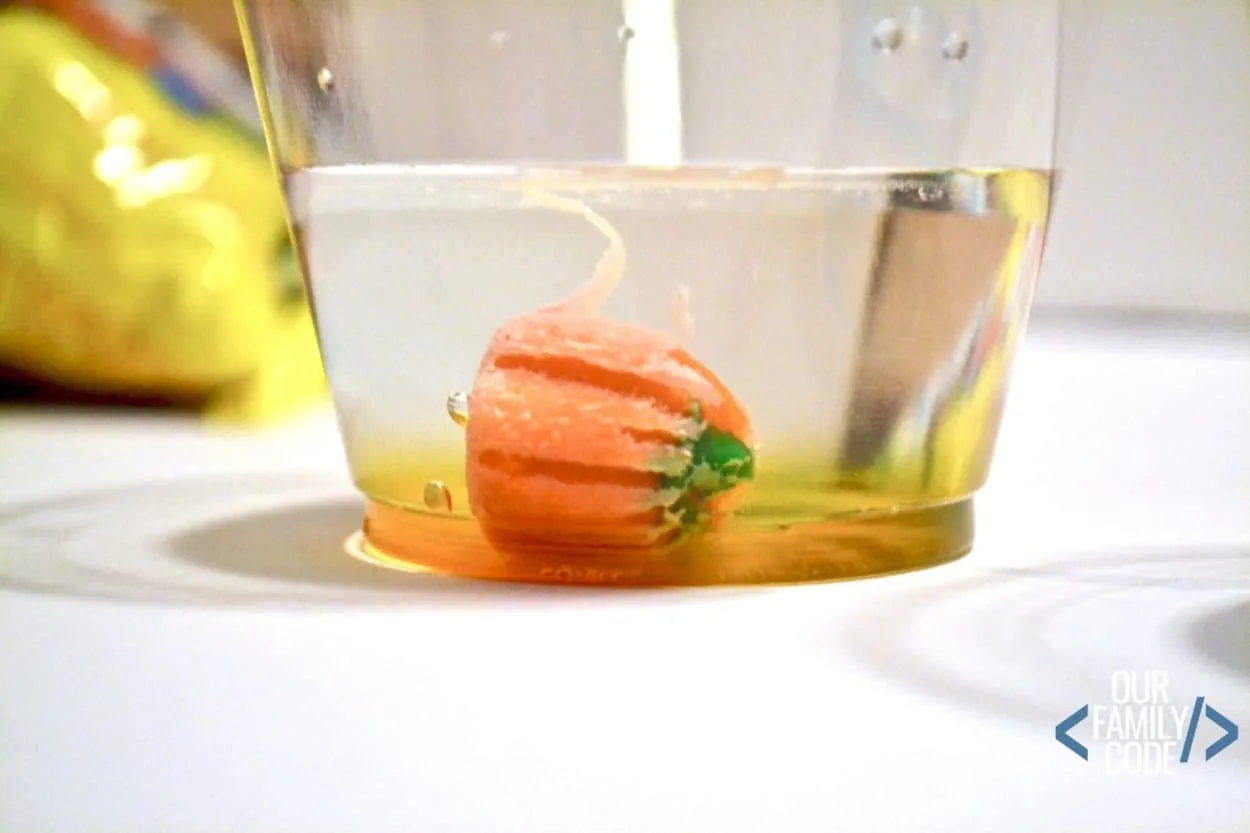
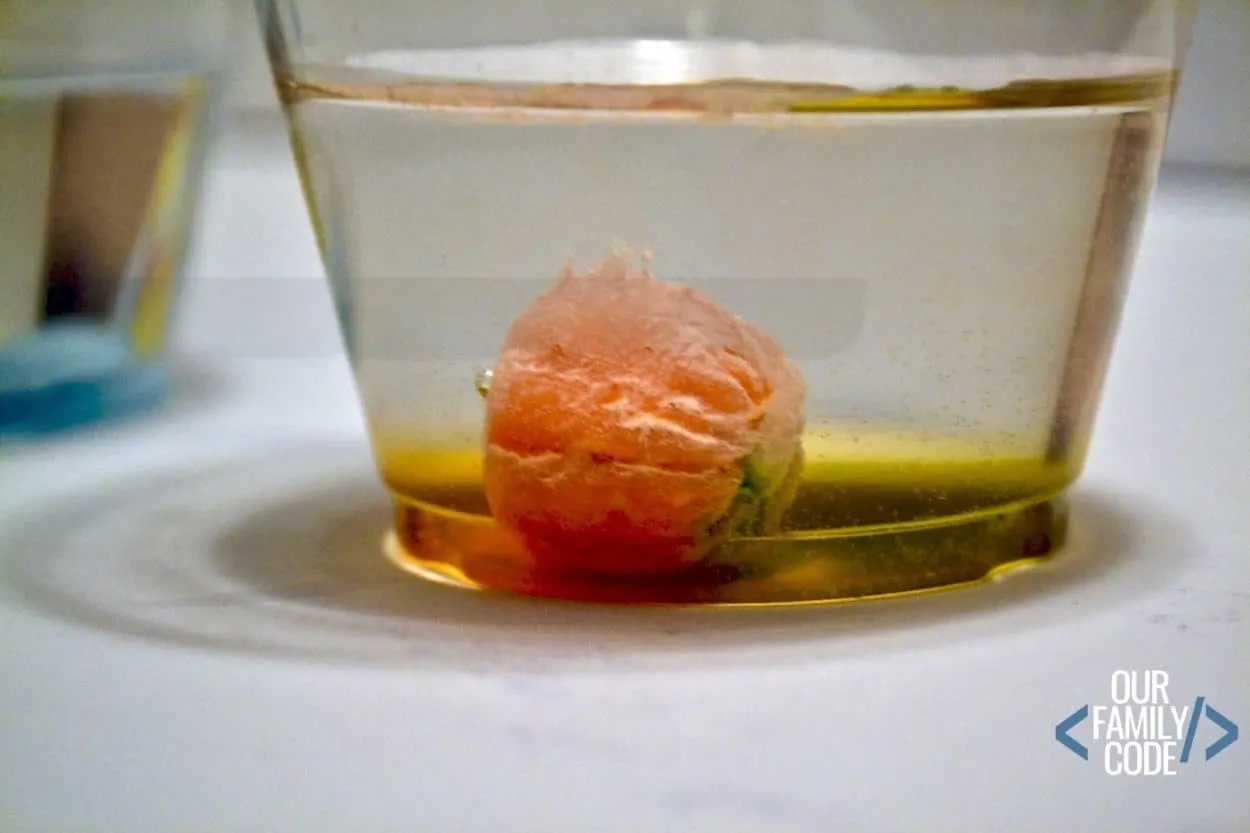
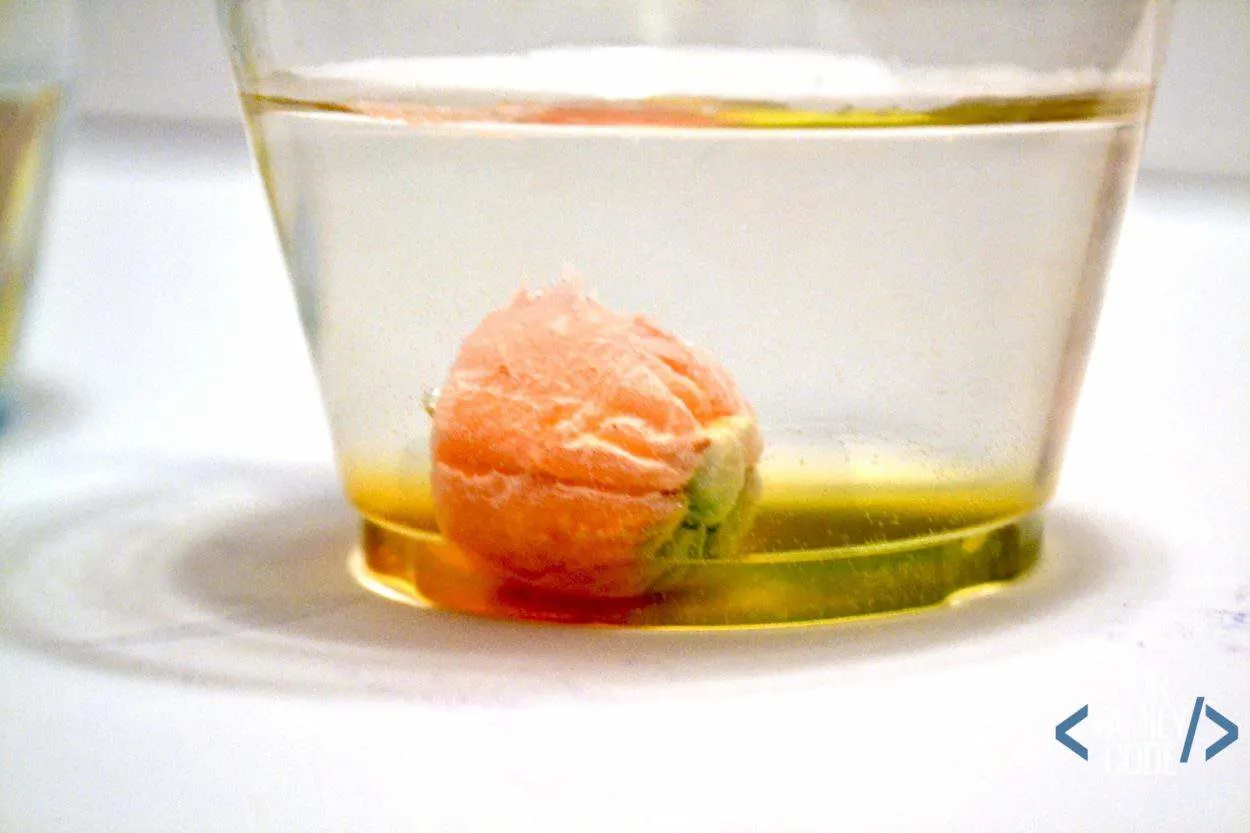
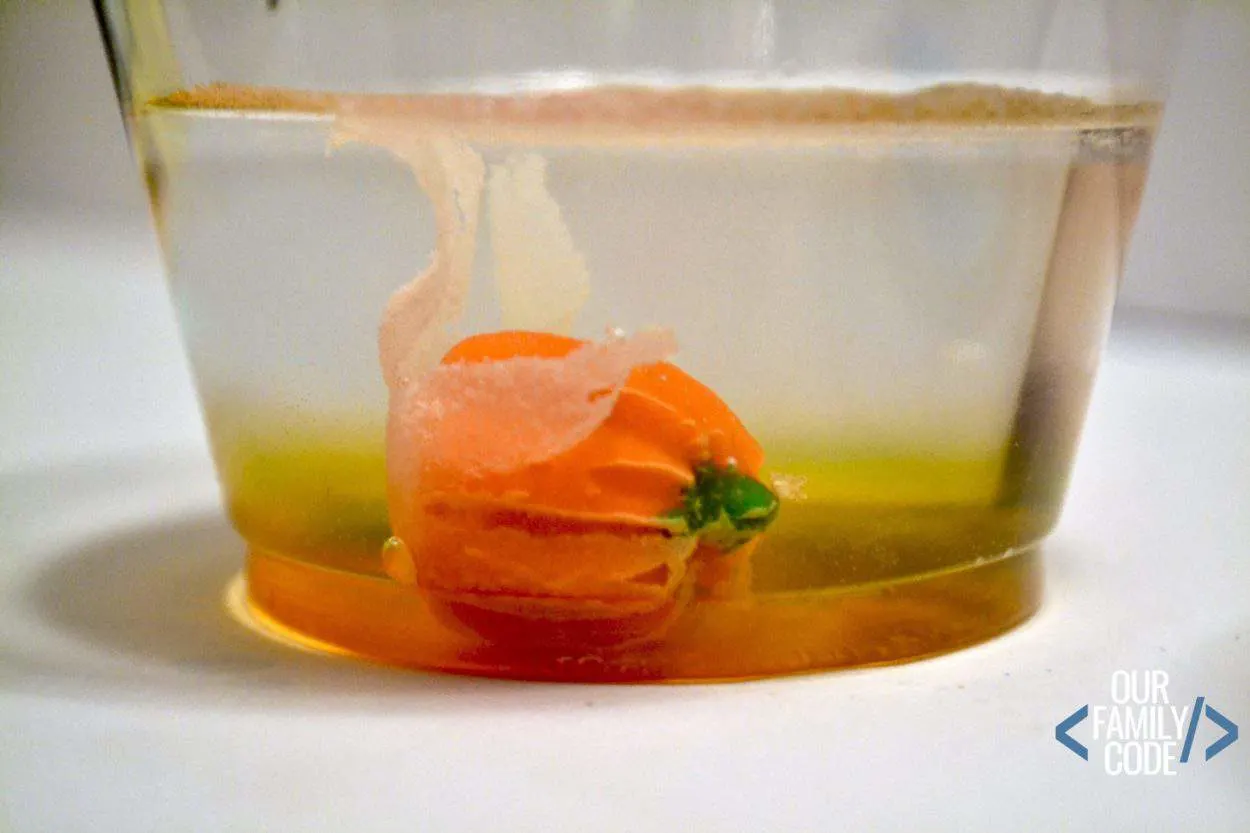
Compare the amount of bubbles you see. Which candy had the most bubbles? Which candy had the least?
Remember that the greater the amount of bubbles, the greater the acidity of the candy. Record your findings.
Our hypothesis was correct. The Lemonheads had the most bubbles followed by the Sweet Tarts.
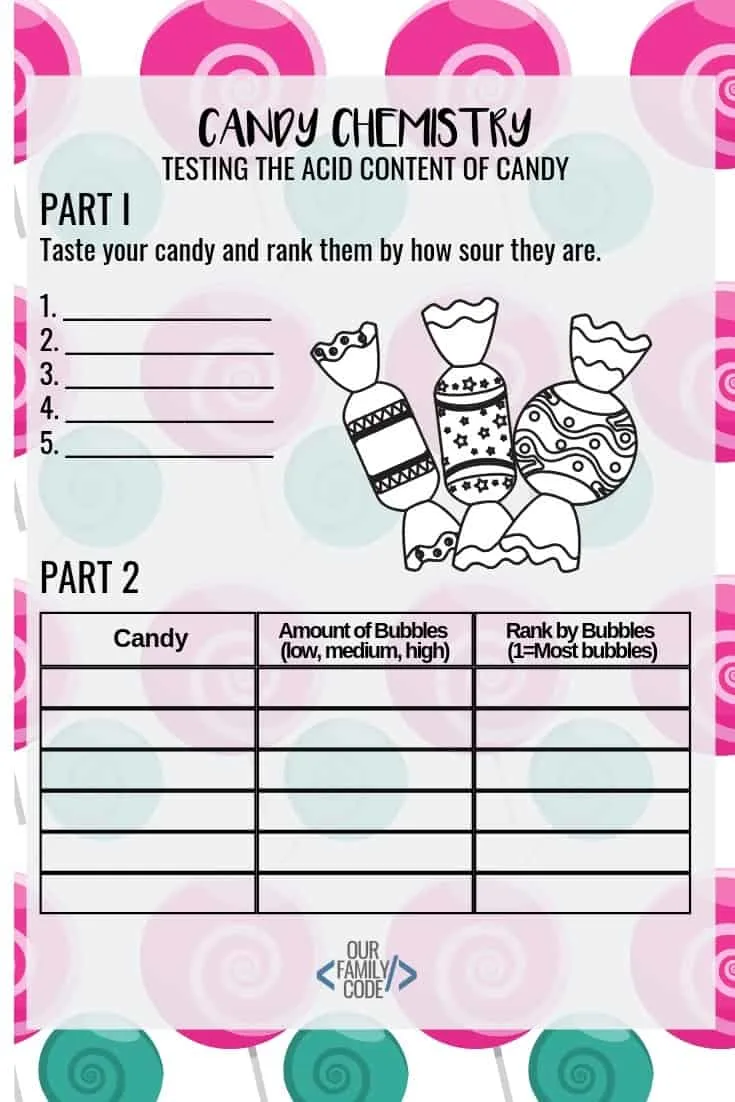
Why is the Water Bubbling?
When you dissolve acidic candy in water and add baking soda, you are creating an acid-base reaction that produces carbon dioxide gas, which makes the bubbles! This is the same chemical reaction behind our favorite acid-base reaction activity, kaBOOm bags!
<<CLICK HERE TO DOWNLOAD THE CANDY CHEMISTRY WORKSHEET>>
Connect this candy pH science experiment with other STEAM buckets?
Check out these ideas for STEAM extensions!
Science
Discuss the different aspects of a scientific experiment. Make sure to create a hypothesis, identify your variables, test your hypothesis, observe, and record your findings.
Math
Try the experiment again. What happens if you add more baking soda to your cups? Do you get more bubbles?
Books to Pair with Your Candy pH Activity
We love incorporating books into our activities. Here are some great books about science to read with your activity!
- The Everything Kids’ Science Experiments Book by Tom Robinson
- Ada Twist, Scientist by Andrea Beaty
Similar STEAM Activities
31 Days of Low-Prep STEAM Activities for Kids
This activity is part of our 31 Days of Low-Prep STEAM Activities for Kids. Every activity focuses on each of the buckets of STEAM (Science, Technology, Engineering, Art, & Math) although these integrated projects fit in more than one bucket.
You and your kiddos are going to love all of the activities that we have in store! Visit the 31 Days of Low-Prep STEAM Activity hub and pin it, so you can come back and visit it daily!
PIN THIS IMAGE TO SHARE THIS LOW-PREP STEAM ACTIVITY!
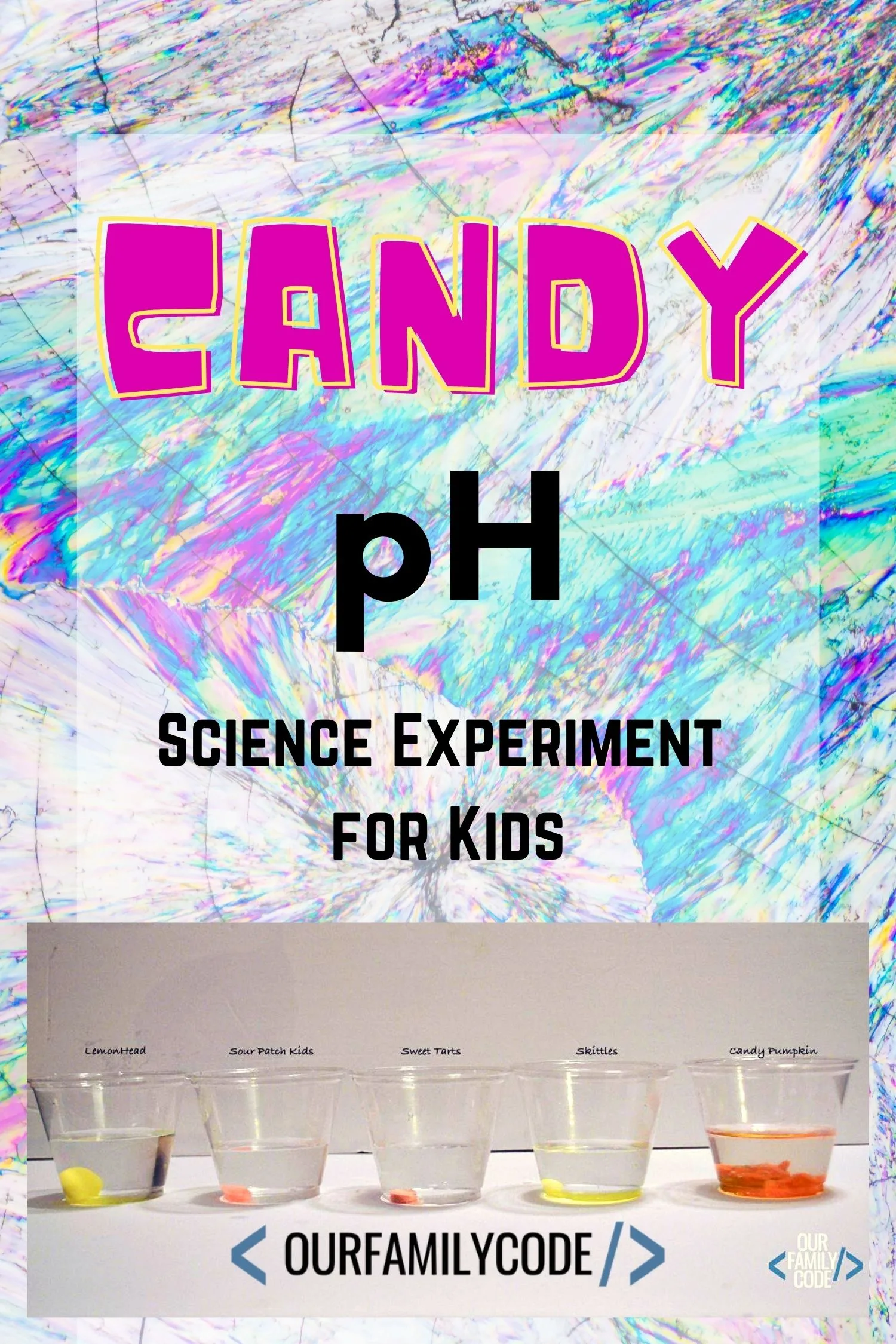
Food Science Activities
Find more activities that use food to explore Science, Technology, Engineering, Art, and Math!
STEAM Food Activities for Kids
You and your kids are going to love these STEAM food activities for kids! Kids loves to bake, which is why is makes sense to take their baking curiosity and explore food through hands-on science, technology, engineering, art, and math activities.
Learn the Science of Mummification with Apple Mummies
Learn about mummification by making apple mummies with the Ancient Egypt science experiment and explore the Magic Tree House Mummies in the Morning book!
Pumpkin Balance Stack STEAM Challenge
This pumpkin balance activity is great for kids of all ages! Can you complete the Balancing Pumpkins STEAM Challenge? How many pumpkins can you stack?
Popcorn STEAM: Learn about Heat Transfer
This heat transfer popcorn STEAM activity explores conduction, convection, and radiation as well as physical change and ends with tasty popcorn!!
Exploding Pumpkin STEAM Challenge: 4 Explosive Pumpkin Activities
Take on the exploding pumpkin STEAM challenge with 4 different ways to explode a pumpkin with chemical reactions and force! These activities are sure to inspire some fall STEAM fun!
Explore the 5 Senses with this Preschool Pumpkin Science Activity
This 5 senses preschool pumpkin science activity introduces scientific inquiry to young learners and helps get everyone excited about Fall!
Dancing Cranberries Fall Preschool Science Experiment
Experiment with dancing cranberries with this super simple preschool science activity while observing concepts like floating and sinking.
Salt Water Density STEAM Experiment: Can a Carrot Float?
Investigate & observe the density of a carrot, salt water, and regular water. Watch the magic carrot in action in this easy salt water density activity for kids!
How to Clean Pennies Chemistry Experiment
Can you turn a dull penny into a pretty penny? Learn how to clean pennies with this at home chemistry experiment!
Meet Toni, the Maker Mom behind Our Family Code

Hey there, I’m Toni! I’m a software engineer and Maker Mom that finds my joy in unleashing my children’s curiosity by exploring STEAM concepts with my fantastic five!
When I’m not chasing toddlers or raising tweens, you can find me tearing things up and putting them back together over here at Our Family Code.
I am the owner and content creator of multiple educational websites designed to increase access to STEAM & STEM education with a focus on teaching computer science and coding to kids of all ages!
You can also find out more about me by visiting ToniGardner.com!
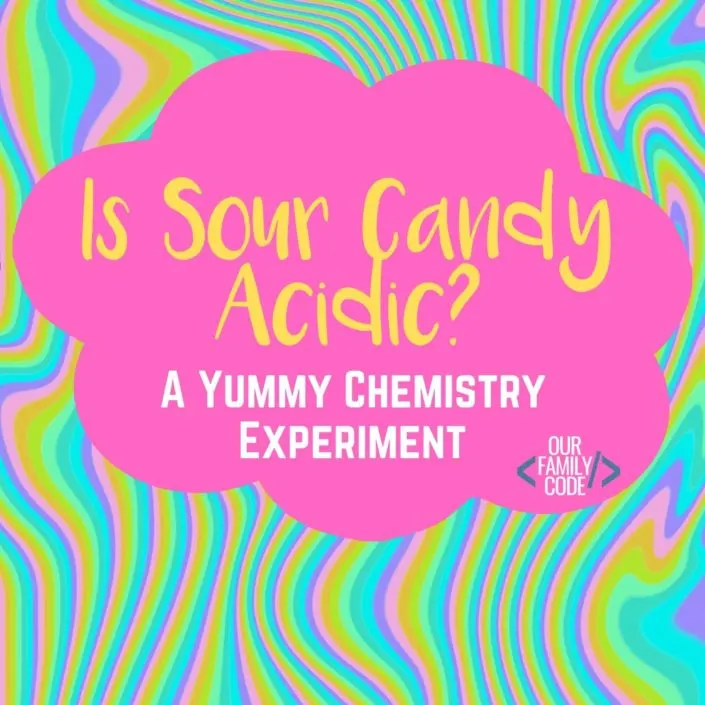
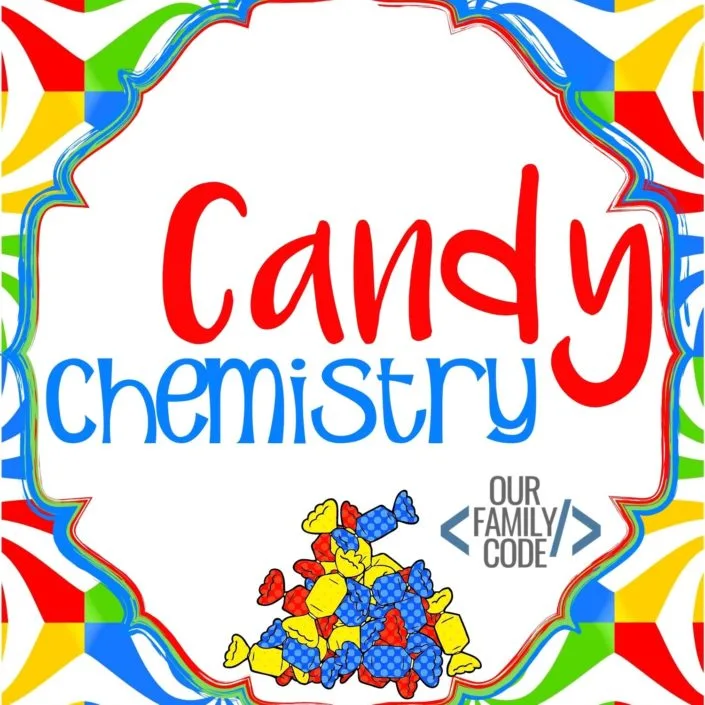
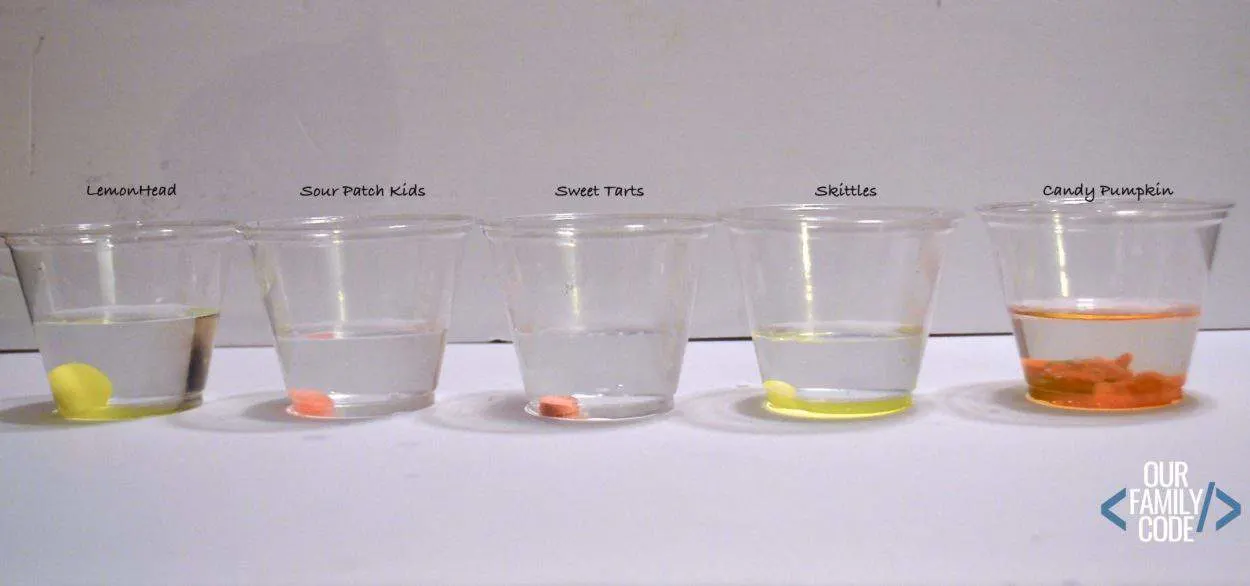
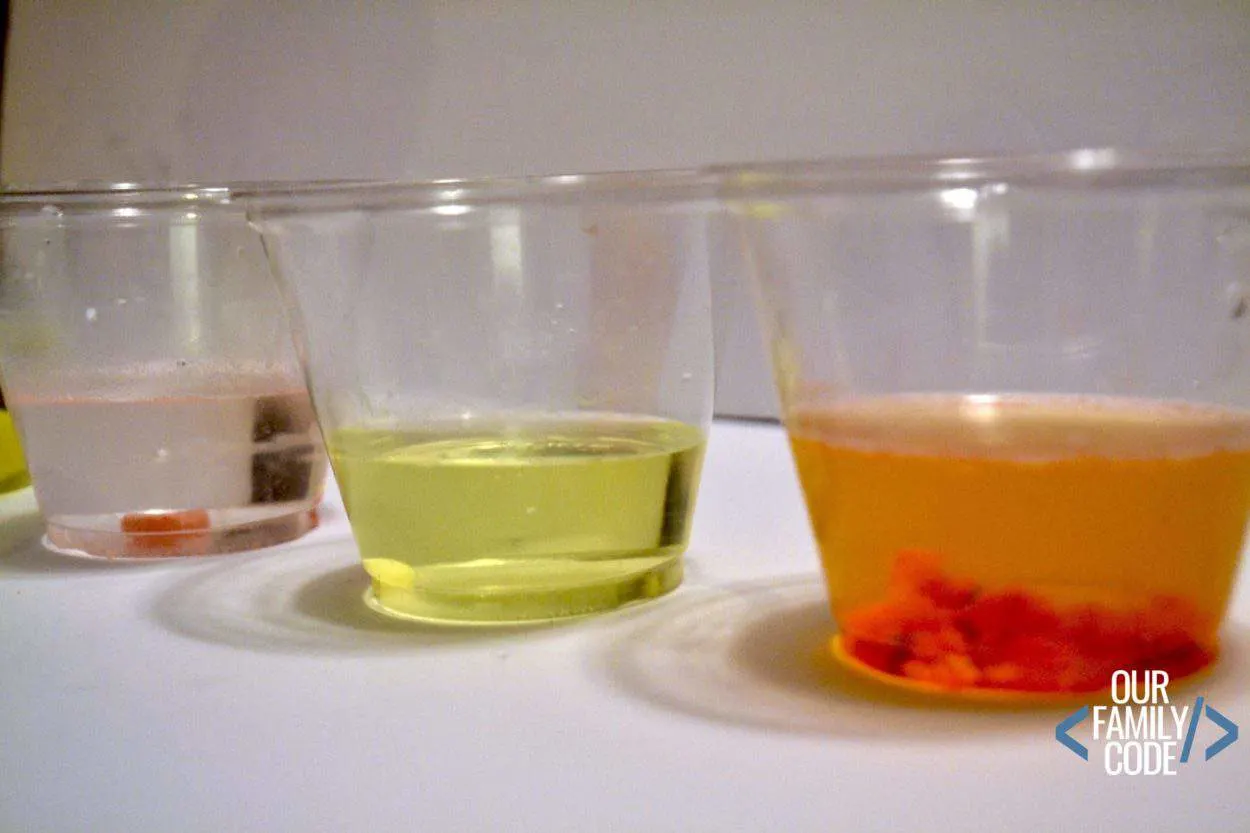


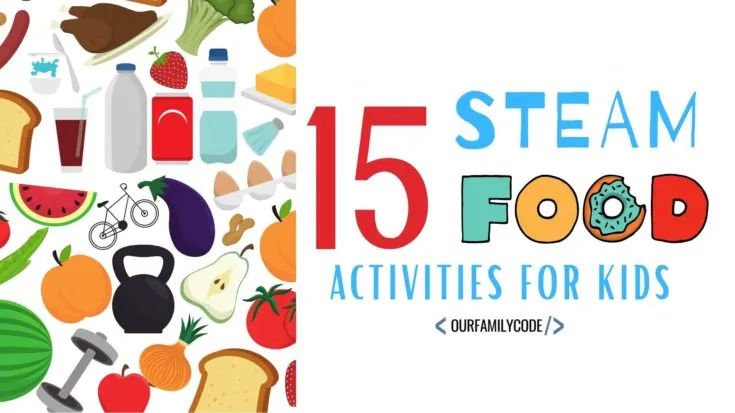
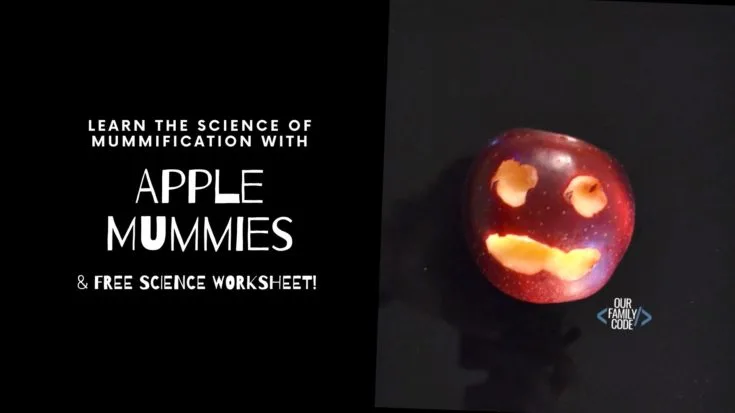
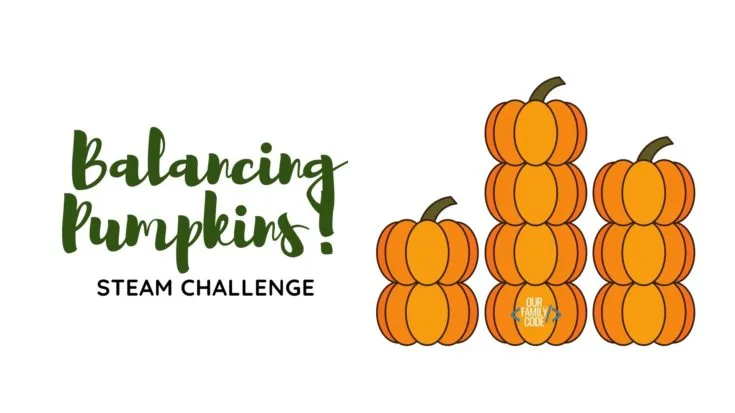
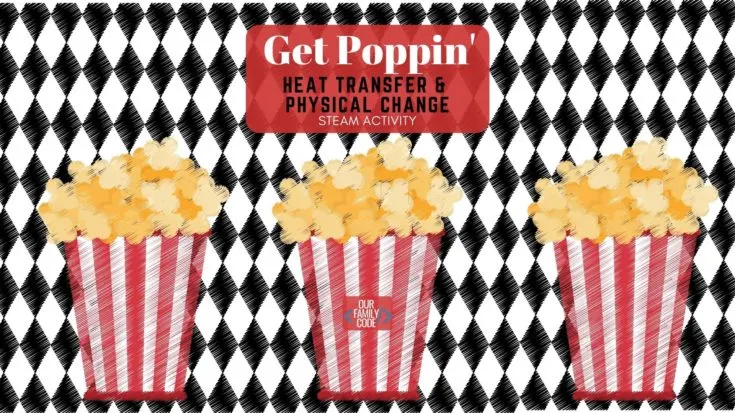
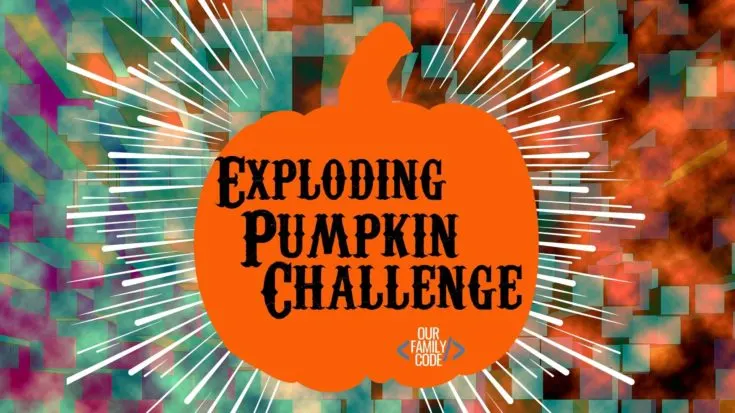
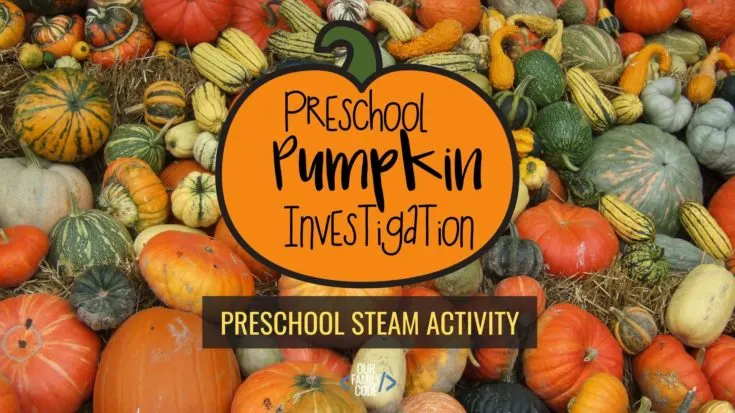
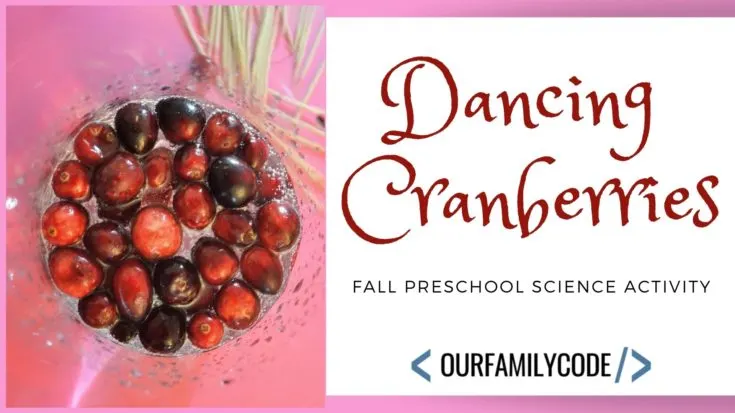
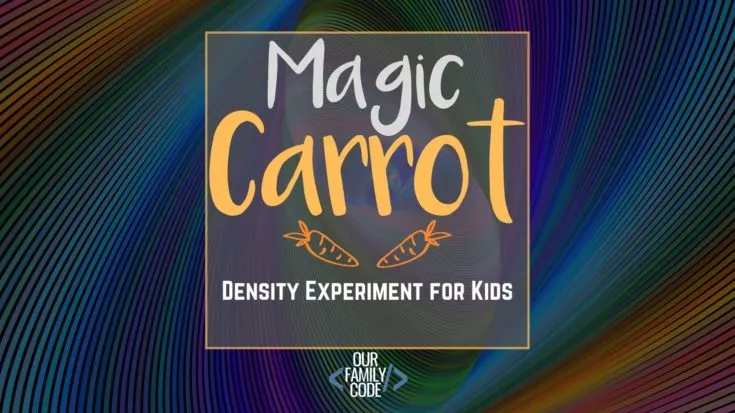
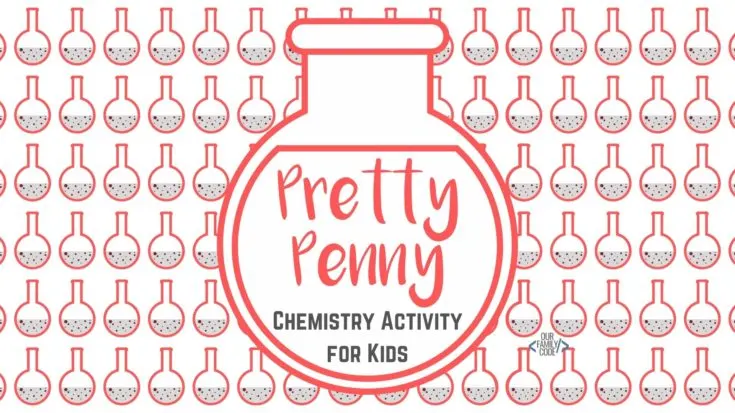


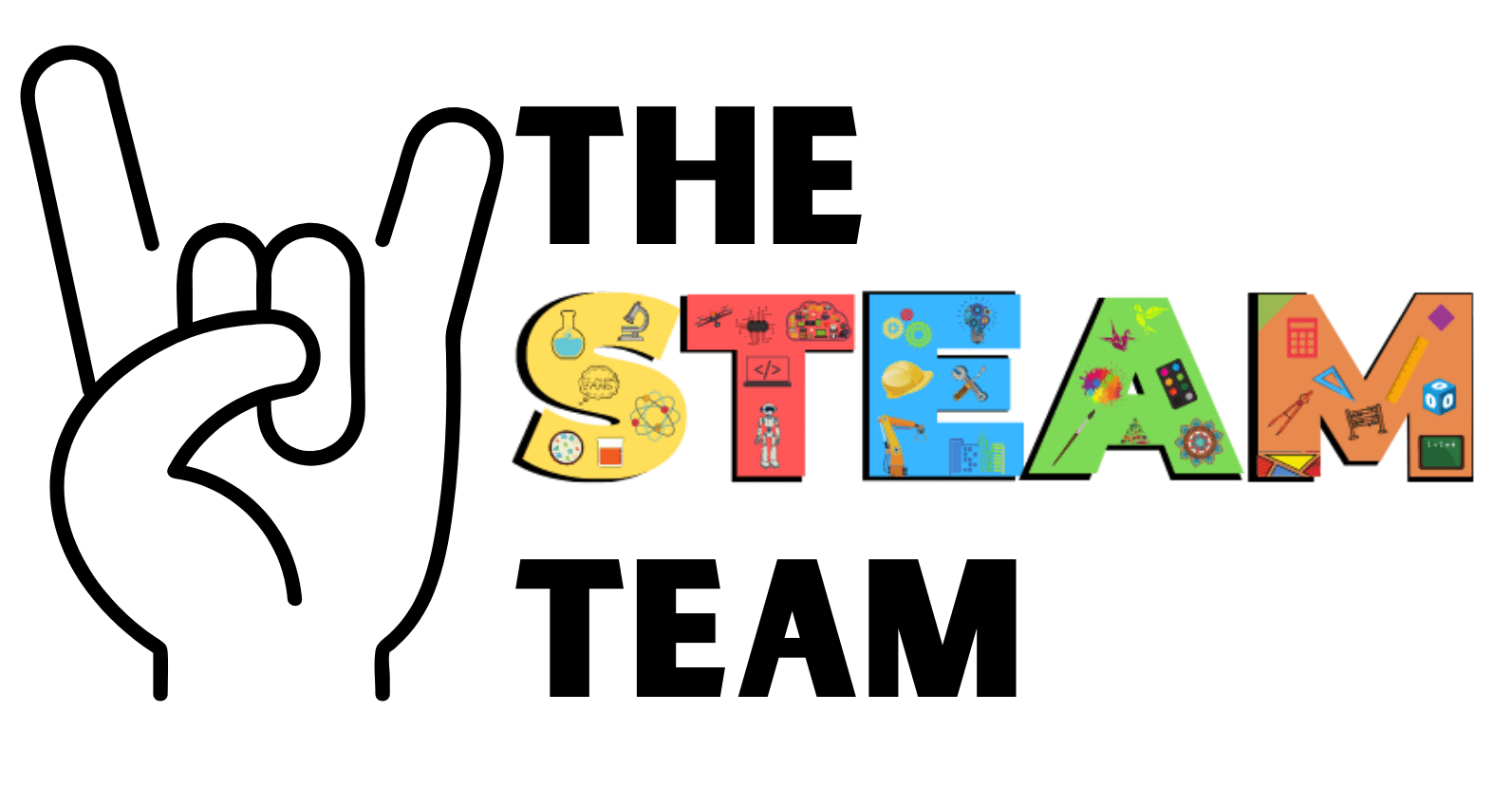



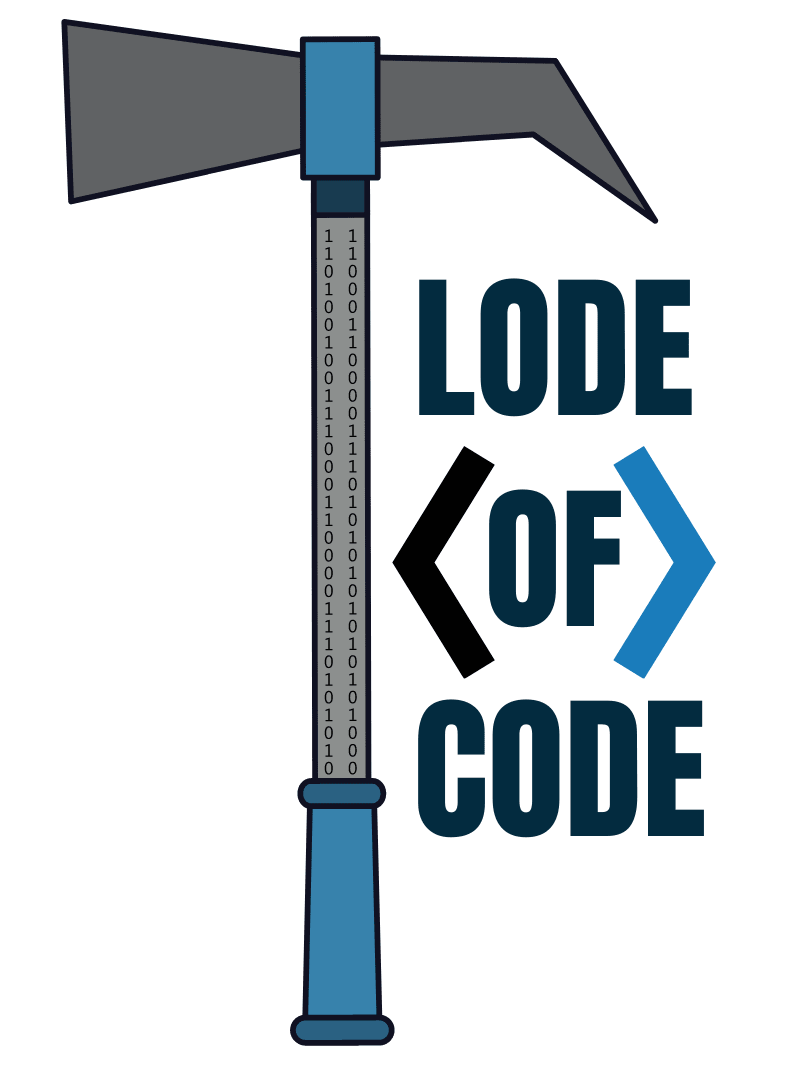
Sarah
Thursday 11th of October 2018
What a great experiment.
Shari Dawson
Thursday 11th of October 2018
What a fun way to play with candy! I'm not sure I could sacrifice skittles to an experiment though!
Toni
Thursday 11th of October 2018
My daughter felt the same way! It was just one though, so she was okay with it. Skittles are the only candy we really let her eat (or bribe her with!)
Julie
Wednesday 10th of October 2018
What a yummy snack-speriment!